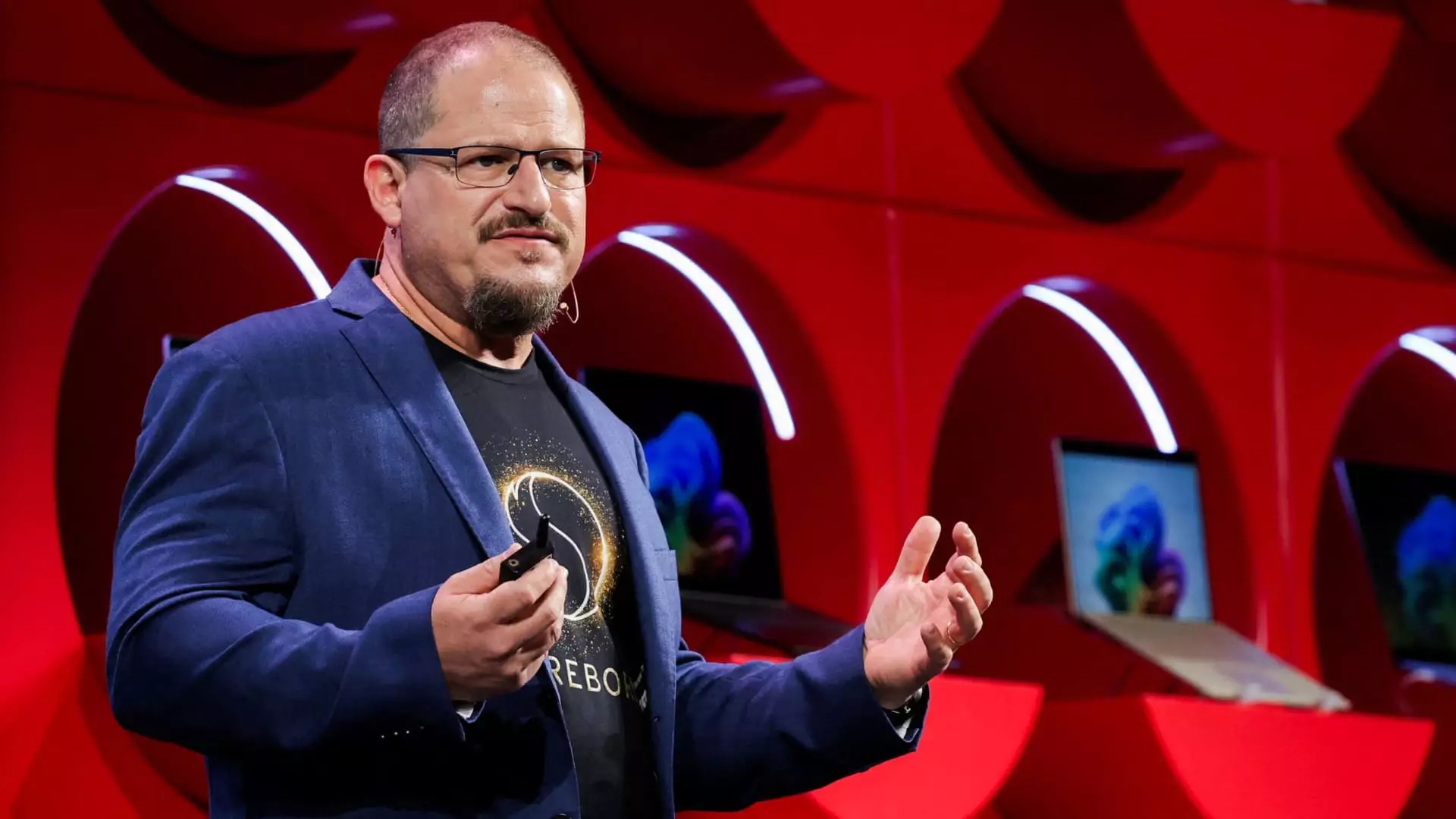Recent headlines have been dominated by the announcement from Taiwan Semiconductor Manufacturing Company (TSMC) regarding its monumental $100 billion investment in the United States. Many in the tech space, notably Qualcomm’s CEO Cristiano Amon, herald this as a game-breaker for American manufacturing capabilities. While this investment undeniably spotlights the U.S. commitment to compete in the global semiconductor arena, a deeper examination raises important questions about whether such a massive commitment will yield the expected benefits or become an albatross around the neck of U.S. technological progress.
On the surface, TSMC’s investment represents a stepping stone toward reducing reliance on overseas semiconductor production. For years, the United States has watched its lead in semiconductor technology erode, even as dependence on imported chips skyrocketed. As Amon succinctly puts it, “more manufacturing is music to our ears.” This phrase encapsulates a shared sentiment among industry leaders—that the country needs to build a robust manufacturing base to safeguard its economic future. But the question emerges: are we singing in tune with the chorus of innovation, or simply echoing hollow notes of nostalgia for a bygone manufacturing era?
Yet, while the promise of an invigorated domestic semiconductor industry is undoubtedly appealing, we cannot ignore the broader economic landscape, particularly regarding tariffs. Amon’s comments about tariffs imposed on trading partners, including Canada and Mexico, add a layer of complexity that raises eyebrows. While he attempts to downplay the immediate effects, the truth is that tariffs can distort markets in unpredictable ways.
In his discussion, Amon points out that Qualcomm is a net exporter of chips rather than an importer. But tariffs could complicate supply chains and inadvertently drive costs up, which may ultimately hinder innovation and drive consumers to international markets for lower prices. Moreover, if the U.S. fails to negotiate favorable trade agreements, we could find ourselves in a situation where domestic production becomes economically untenable, despite the noble investment intentions of TSMC.
The Trump-Biden Semiconductor Strategy: A Rare Bipartisan Consensus
It’s interesting to note how both Democrat and Republican administrations have coalesced around the urgency of bolstering semiconductor manufacturing on American soil. Former President Trump initially spotlighted this issue, while President Biden has taken the baton and sprinted with it. While policymaking across party lines in such contentious times is commendable, one must ask: is this a genuine strategy for long-term technological growth, or merely a populist grab for headlines?
The stark reality is that semiconductor manufacturing is a complicated beast, requiring vast investments in research and development, cutting-edge facilities, and specialized talent. Simply pumping funds into construction will not secure leadership in technology if the broader ecosystem—education, research, and international relations—remains stagnant or hostile.
As Amon points out, we are at the beginning of “a significant upgrade for AI smartphones” and witnessing a rapid evolution in technologies impacting sectors from automotive to computing. AI has emerged as the latest gold rush in tech, igniting fierce competition among global giants. While TSMC’s U.S. expansion is a crucial step, will it be enough to fuel the AI race?
The pace at which AI technology evolves demands not merely production capability, but also a workforce that can push for further innovation. If the United States fails to build an adequate talent pool alongside infrastructure, the $100 billion investment could ironically serve to reinforce the very dependency it aims to eradicate.
An Opportunity for Change Amidst Uncertainty
At this fraught juncture, the current trajectory presents a dual opportunity: to renew American manufacturing while simultaneously fostering the spirit of innovation needed to stay ahead of the global curve. The challenge lies in ensuring that TSMC’s plants in Arizona become not only factories, but also epicenters of research and development. The investment of $100 billion could either be a transformative chapter in America’s technological history or a cautionary tale of misplaced priorities. The stakes have never been higher.


Leave a Reply